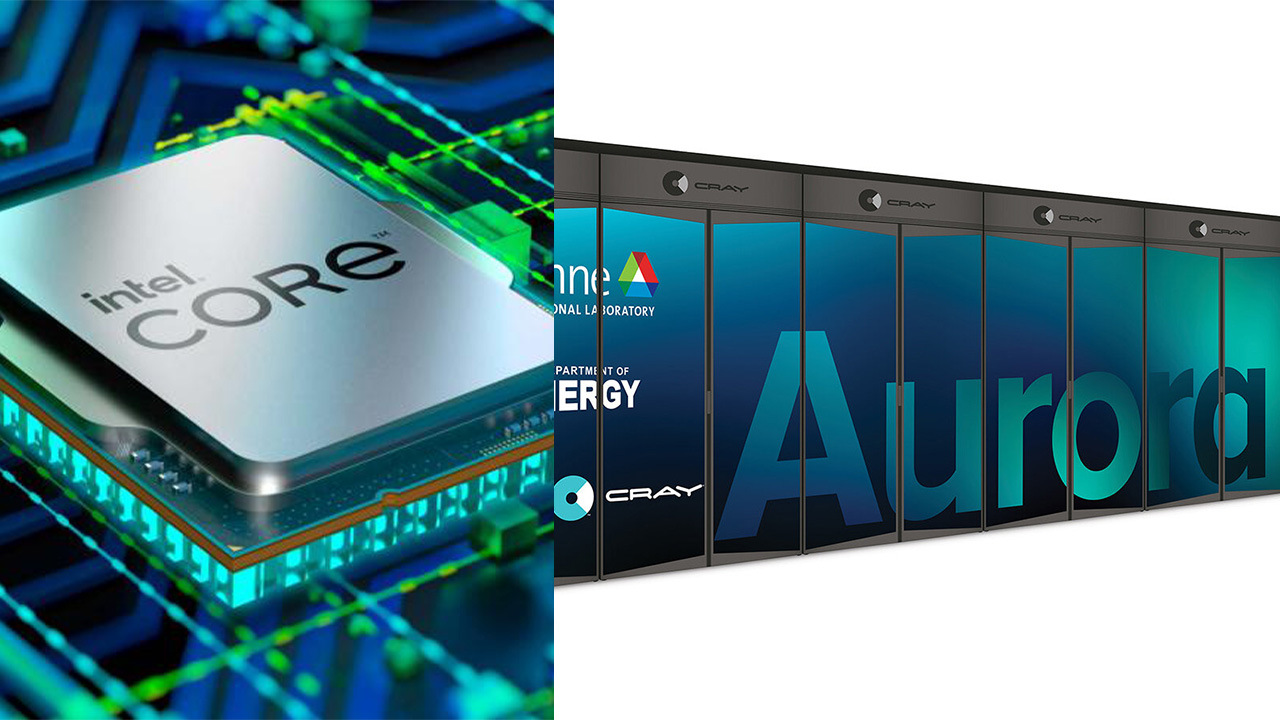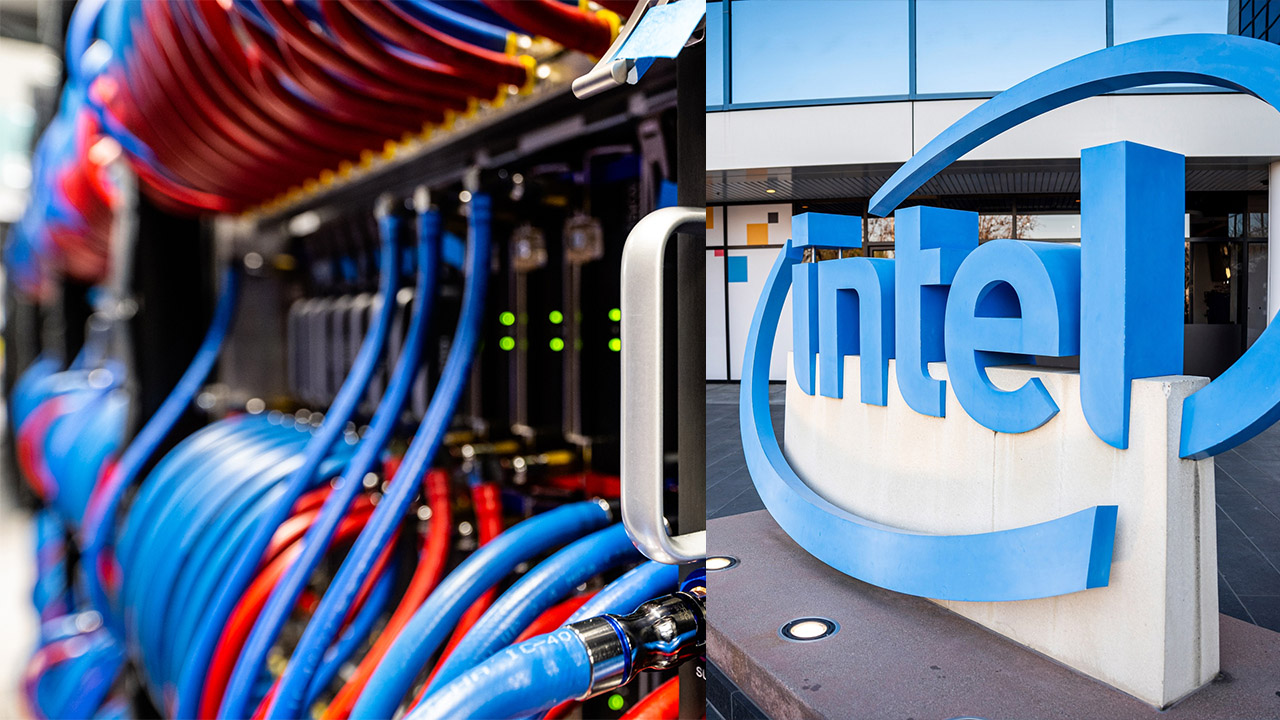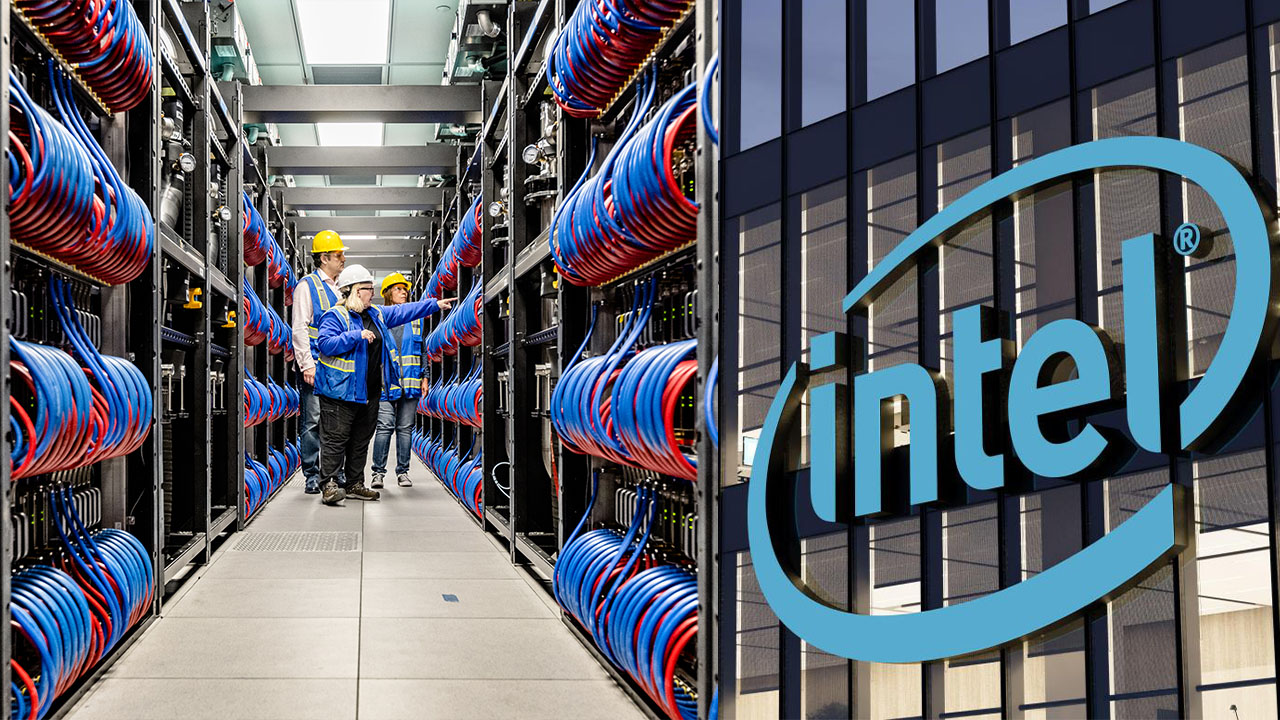During ISC High Performance 2024, Intel, HPE, and Argonne National Laboratory have jointly announced a significant milestone for the Aurora Supercomputer, breaking the Exascale barrier and emerging as the fastest AI supercomputer presently available.
Aurora made its debut last November, securing the second position on the TOP500 list as a partial deployment. However, the latest spring list for ISC 24 showcases even greater performance strides.
Comprising 21,248 Intel Xeon CPU Max Series processors and 63,744 Intel Data Center GPU Max Series accelerators (GPUs), Aurora spans 166 racks, housing 10,624 HPE compute blades.

In terms of benchmarks, Aurora achieved remarkable results, securing second place in the HPL LINPACK benchmark with 1.012 Exaflops, utilizing 9,234 nodes, which accounts for 87% of the total supercomputer.
Additionally, Aurora ranked third in the HPCG benchmark, delivering 5,612 TF/s at 39% of the machine.

While it is poised to be the fastest when fully utilized, the ongoing bring-up process suggests the potential for further optimization, as noted during the benchmark submission period.
Intel’s press release underscores the significance of the upcoming Intel Xeon 6 (Granite Rapids) and the future prospect of Falcon Shores, highlighting their potential benefits and advancements in high-performance computing.







Leave a Reply